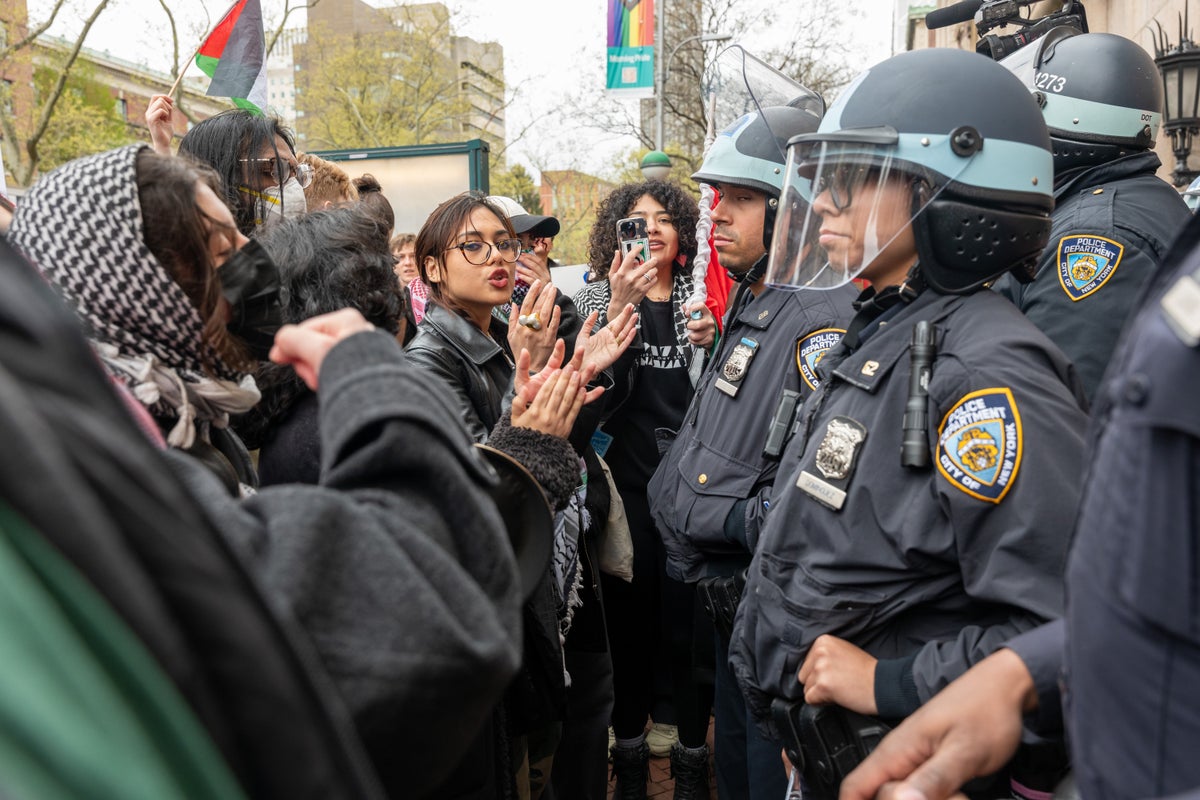ARTICLE AD BOX
Endocrinologist and pediatrician Dr. Daria Khaykina revealed how much sweets children of different ages can eat per day without harming their health.
In an interview with the newspaper "Izvestia", the doctor points out that it is difficult to prevent children from eating sweets, especially on holidays. But there is a rule for consuming sugar daily, regardless of the foods that contain it. Determining the amount of candy depends on the child’s health, nutrition, physical activity, and the doctor’s recommendations.
According to her, children aged 2-3 years are recommended on average to eat no more than 13 grams of sugar per day, and children aged 4-8 years, no more than 14 grams. Children aged 9-13 years can already consume 20-25 grams of sugar per day, or about two to three teaspoons, and at the age of 14-18 years, the maximum amount of sugar can be increased to 25-30 grams, or about 6 - 7 teaspoons.
She points out that one piece of candy contains 4-6 grams of sugar. That is, children under the age of eight are allowed to eat one piece per day, and the amount can later be increased to 2-3 pieces per day. But we must know that the amount of sugar in candy varies from one type to another. Therefore, you must review the specifications of sweets before offering them to children.
“The first of its kind” Paralysis of the vocal cords of a teenager due to “Covid-19”
A 15-year-old girl in Massachusetts suffered paralysis of her vocal cords after a “Covid-19” infection, in a “first of its kind” case.
A case report indicates that vocal cord paralysis may be a rare complication of coronavirus infection, caused by the virus's effect on the nervous system.
“Given how common this virus is among children, this newly recognized potential complication should be taken into consideration in any child who has difficulty breathing, speaking, or swallowing afterward,” Dr. Danielle LaRue, of Massachusetts Eye and Ear Infirmary in Boston, said in a press release. Corona virus diagnosis.
“This is particularly important because such complaints can easily be attributed to more common diagnoses such as asthma,” she added.
The researchers noted that although there have been several reports of vocal cord paralysis in adults, this is the first report of complications in adolescents.
The healthy girl arrived at the emergency room at Massachusetts General Hospital with difficulty breathing, nine days after she was diagnosed with the Corona virus.
Doctors inserted a flexible tube down her throat and found that the vocal cords in her voice box had been paralyzed. They concluded that the paralysis was most likely the result of infection, as a thorough examination revealed no other cause.
The researchers pointed out that the Corona virus is known to affect the nervous system in other ways, including headaches, dizziness, brain fog, and changes in the sense of smell and taste.
Doctors initially tried speech therapy to relieve the girl's respiratory symptoms. When that didn't work, they used surgery to create an opening in her windpipe that alleviated her breathing problems, a procedure called a tracheostomy.
Doctors said that the girl relied on a tracheostomy for more than 13 months to help her breathe, which is an indication that this type of neurological symptoms caused by the Corona virus may not be temporary.
Doctors removed the tracheostomy after 15 months.
These types of complications are not usually expected to occur in healthy children and young adolescents. The researchers indicated that more than 15 million cases of Coronavirus infection in children have been reported.
“The fact that children can actually have long-term neurological effects from COVID-19 is something that is important to be aware of,” Dr. Christopher Hartnick, director of the Division of Pediatric Otolaryngology and the Pediatric Airway, Voice, and Swallowing Center, said in a news release. So we can treat our children well."
The case report was published December 19 in the journal Pediatrics.
.png)
 1 year ago
9
1 year ago
9









 English (US)
English (US)